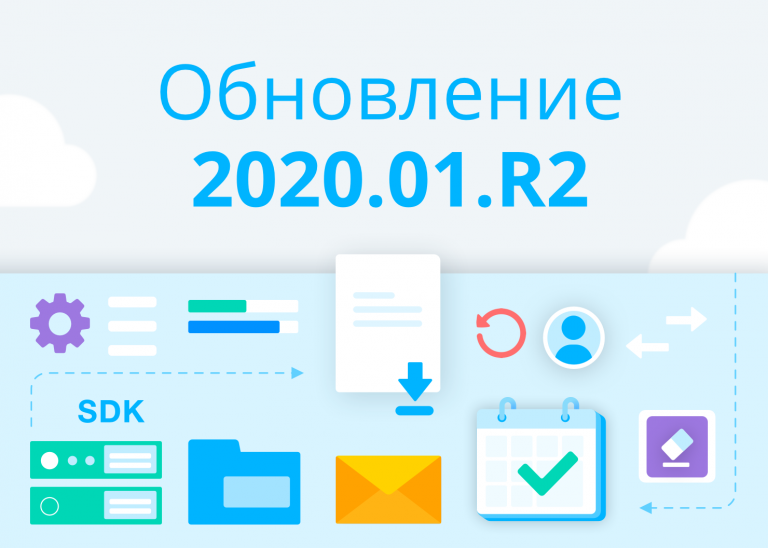6 steps to automate management accounting, reports and payroll calculations

Hello! This article is for those whom the financial department asked “automate management reporting in accordance with accounting policies”. It sounds like elf, but I’ll translate it for you)) I’ll tell you how we automated calculations and freed our financiers from manually preparing reports.
My name is Yulia Purtova, I am the Director of Automation at First Form, a developer of a low-code BPM system. We use our own solution in our work, and the finance department is no exception. Here are the integrations and automations we have set up for their convenience.
Step 1: integrated with 1C
Often, reporting on income and expenses is carried out in 1C, and this is, in principle, convenient. But management problems arise. As I already mentioned, automation of management accounting is needed in accordance with accounting policies. The correctness of calculations and the relevance of decisions made by managers depend on its correctness. But you can’t get all the managers into the accounting system.
In general, the financier could upload some Excel files to them. But this takes time, and managers still won’t have up-to-date information online.

It is important for us that the company’s financial management be transparent over the long term. Everyone in the company should be able to know where certain numbers come from. Therefore, the first thing we did was integrate our BPM system with accounting, 1C: Accounting, and set up connections and dependencies.
This allowed us to automate management accounting not only by counterparty, but also by project. For example, the system automatically notifies us when an advance invoice payment arrives. And he gives us the go-ahead that we can start the project.
To ensure quick integration with 1C, we use a module to easily configure the interaction of systems.

We have an adding wizard that automatically prepares mapping of directories and documents with attributes from both systems. All you have to do is tweak the settings a little and you're done.
Next, we established an accounting policy. These are the rules by which our income and expenses are distributed to financial responsibility centers. Data is collected based on information from two systems online.
Step 2: support a variety of reports in the finance department
Our low-code platform allows you to customize any reports from the source data in the system. Reports may vary in form or content. The main thing is that they should be convenient and understandable to consumers – both financiers and ordinary people.
Important numbers in the system can be highlighted in color; all deviations will be highlighted automatically. And in the event of an emergency, those responsible will receive notifications.

From an administrator's point of view it looks like this:

The report layout is configured in the FastReport editor built into the system.

We prepared the data set for this report in SQL, but for simpler reports you can simply “stick” the daws in the system.
Step 3: setting up drilldown – the key to transparent automation of management accounting
You may have noticed that the numbers in the reports look like links, and they are. They are clickable. For each number you can trace where it came from – right down to a specific invoice or payment, and also look at the entire bunch of documents.
For example, a contract – a project – tasks from a client to technical support. You can even find the performers, read the discussion and attached documents. Everything is connected for effective automation of management accounting.

We were able to achieve such transparency because all our business processes are conducted in a single system. We have automated CRM, project management, document flow, HR and so on. All of them are configured in the system using low-code.

Step 4: use nice features
In fact, there are many features in our solution, but I will tell you about the favorites of the financial department.
Automatic report generation and sending. We can make sure that the report is compiled and sent to the manager on the right day and time.

This is my favorite feature, because I like to see the joy in the eyes of users who got rid of this routine. The system will not delay the shipment and will not anger the director 🙂
Upload to Excel. It is still convenient to do many things in Excel. For example, in xlsx it is convenient to send a report to someone on the side or play with pivot tables. Therefore, we still have a “download to Excel” button.
Filters. Trite, but very convenient. For example, in two clicks you can display data for the third quarter of 2019. Or payment for the client of Romashka LLC.

Step 5: freeing people from manual payroll calculations
We have many specialists with different KPIs and reward systems. The motivation of a developer will be different from that of a client manager, and this is important when calculating salaries.
Previously, department heads analyzed and compiled a report for each employee in Excel every month. They sent it to the financial department, and there they already generated payments. As a result, the managers were absent for a couple of days, and we did not want to put up with this.

That's why we automated payroll calculations for the entire company. In each department, we have set up individual algorithms and formulas for automatically calculating important indicators. For example, the number of hours worked, achievement of planned targets, and so on. And most importantly, the system itself takes into account sick leave and vacations of employees. The manager does not need to keep this in mind.

For example, for a salesperson, the system will automatically calculate the plan and fact based on the data entered into the CRM. If we are talking about an employee of the implementation department, the payment will depend on the hours worked.

By the way, each employee has a separate dashboard in their personal account. On it you can view salaries, bonuses for projects and indicators for them in real time.
Everything is as transparent and convenient as possible. The finance team doesn’t have to answer the same questions a hundred times.
Step 6: automation of management accounting and online dashboards
Financial analytics is more than just boring spreadsheets. We wanted information to be displayed in the form of bright and varied graphs, charts, and indicators. A real dashboard for a financier or any other manager is assembled from various widgets.
Using clickable data, you can quickly view the details and get to any documents in the system. For example, open an agreement or account, clarify a question of interest in the comments, or call the responsible HQS manager.
That's all! Thank you for your attention, I will be glad to discuss in the comments.





